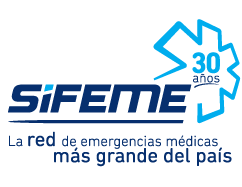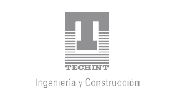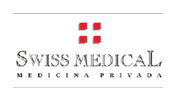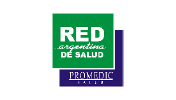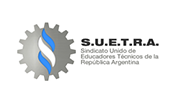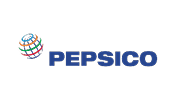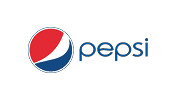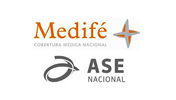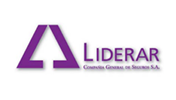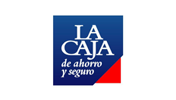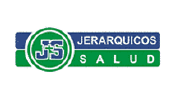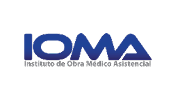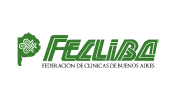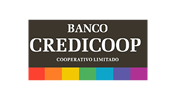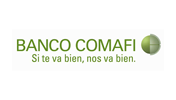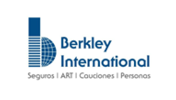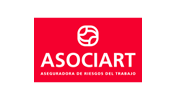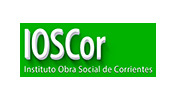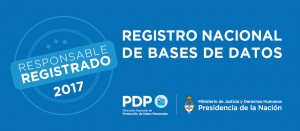Manufacturing overheads under conversion costs are portions attributable to the unit production process. Examples include electricity, insurance, machine repair and maintenance, depreciation, and taxes. Numerous manufacturing overhead costs are encountered in manufacturing facilities and processes. Rent of factory building, electricity, gas and coal used in production, salaries of production managers, depreciation of production machines and equipment are a few examples of these costs. Conversion costs are the expenses to turn, or convert, your raw materials into finished goods.
However, looking at your prime costs is just one way to analyze your business’s financial performance. Check out a host of other financial accounting ratios you can use to take your financial analysis to the next level. Snack Shack’s direct labor cost is $70,000 ($15,000 Rhonda’s bookkeeping visalia wages + $15,000 Jose’s wages + $40,000 Amelia’s wages). Since James doesn’t cook or serve, his earnings don’t count in the direct labor calculation. It’s challenging to allocate overhead accurately, so it can potentially cloud your understanding of a product’s profitability.
- The conversion cost per unit for the month was thus $6.80 per unit (calculated as $136,000 of total conversion costs divided by the 20,000 units produced).
- Direct materials is the basic physical ingredient, matter or substance which the company processes to make a salable product.
- The prime costs for creating the table include the cost of the furniture maker’s labor and the raw materials required to construct the table, including the lumber, hardware, and paint.
- This type of pricing ensures that you recuperate the cost of what you sell.
Prime costs are reviewed by operations managers to ensure the company has an efficient production process. The calculation of prime costs also helps organizations set prices at a level that produce an acceptable amount of profit. Conversion cost, as the name implies, is the total cost that a manufacturing entity incurs to transform or convert its direct materials into salable or finished product.
What Is the Prime Cost Formula?
The prime costs for creating the table include direct labor and raw materials, such as lumber, hardware, and paint. The furniture maker charges $50/hour for labor, and this project takes three hours to complete. The prime cost to produce the table is $350 ($200 for the raw materials + $150 in direct labor).
Prime costs are defined as the expenditures directly related to creating finished products, while conversion costs are the expenses incurred when turning raw materials into a product. Prime costs and conversion costs include some of the same factors of production expenses, but each provides a different perspective into production efficiency. Because prime cost only considers direct costs, it does not capture the total cost of production. As a result, the prime cost calculation can be misleading if indirect costs are relatively large. A company likely incurs several other expenses that would not be included in the calculation of the prime cost, such as manager salaries or expenses for additional supplies needed to keep the factory running. These other expenses are considered manufacturing overhead expenses and are included in the calculation of the conversion cost.
Ekta Kapoor to Receive 2023 International Emmy Directorate…
One reason why indirect costs are excluded from the prime cost calculation is that they can be difficult to quantify and allocate. Manufacturing overhead houses indirect costs, meaning they aren’t easily traceable to a final product. Businesses allocate overhead costs among their products based on the amount of indirect resources used to manufacture them. Factory rent, advertising, and supervisors’ wages are some of the most common overhead costs. Prime costs include the expenditure incurred on direct materials in addition to direct labor.
What Is the Formula and Calculation of Prime Cost?
Aggregation of prime costs is useful for evaluating efficiency of material usage as well as efficacy of working of direct labor. Depreciation is considered an indirect cost and is typically included in a company’s overhead. For instance, manufacturing overhead may include utility costs or the depreciation expense of factory equipment. Operations managers use conversion costs to help identify waste within the manufacturing process. Some costs, notably labor, are included in each, so adding them together would overstate manufacturing cost. Prime cost accounting can help you decide on a product’s selling price or whether to drop a product line in favor of a lower-cost alternative.
Comparing prime costs instead can be more telling because it takes imprecise allocations out of the conversation. Prime costs are calculated by factory managers and reviewed by operational managers to ensure that the production process has been completed efficiently and effectively. Prime cost includes those costs that are directly related to manufacturing as well as are directly traceable to the products manufactured.
Prime Costs vs. Conversion Costs: An Overview
In a restaurant, the cooks, servers, busboys, and other staff are included in labor because the end product consists of the dining experience as well as the prepared meal. For instance, the engine of a car and the spokes of a bicycle are considered direct material costs because they are necessary to complete the production of those items. Conversion costs assist in estimating production expenses while also estimating utilized inventory and what is in stock. Conversion costs gauge a company’s production efficiency, which helps minimize wastages. Don’t include tips in the direct labor calculation since your employees earned them at no cost to the business. Snack Shack used $400,000 in direct materials last year ($15,000 beginning inventory + $395,000 purchased inventory – $10,000 ending inventory).
In other words, conversion costs are the costs of the activities required to transform the raw materials into a finished product. Prime costs and conversion costs are relied upon heavily in the manufacturing sector to measure efficiency in the production of a product. Prime costs are expenditures directly related to creating finished products, while conversion costs are expenses incurred when turning raw materials into a product. Conversion costs include direct labor and overhead expenses incurred due to the transformation or conversion of raw materials into finished goods. During the month of April, Company A has a total cost of $50,000 in direct labor and related expenses, as well as $86,000 in factory overhead costs. Therefore, the conversion cost per unit for the month was $6.80 per unit (calculated as $136,000 of total conversion costs divided by the 20,000 units produced).
Any materials or labor whose direct association in the production process cannot be established must be excluded from the prime costs. For example, factory overhead and administrative costs are not part of prime costs. Prime costs are the direct costs involved in production, including raw materials and labor. By contrast, overhead costs refer to costs that are indirectly related to production, which include electricity, rent, or salaries, among others.
To calculate the total cost of production, both prime costs and conversion costs must be added together. This total cost figure can then be used to determine the selling price of the product or service, as well as to analyze the profitability of different products or services. Prime costs comprise expenditures incurred directly in creating a finished product or service.
Typically, it is equal to the sum of entity’s total direct labor cost and total manufacturing overhead cost. Businesses calculate prime costs when analyzing manufacturing expenses, efficiency, and profitability. For example, employee expenses made to machinists, foremen, and direct supervisors are common in calculating prime costs. To calculate the prime cost formula, take the direct raw materials costs and add them to a business’s direct labor costs, both found on the balance sheet. Indirect materials, electricity charges and salaries of engineer and supervisor are all indirect costs and have, therefore, been added together to obtain total manufacturing overhead cost.
Direct materials is the basic physical ingredient, matter or substance which the company processes to make a salable product. Plastic, rubber, steel, iron, timber and many agricultural outputs like sugarcane, sugar beets, jute and cotton etc. are examples of direct materials that are processed to produce salable finished products. This information helps managers know where to focus their attention when planning, directing and controlling costs. A woodworker manufacturing a chair would count lumber and fabric as direct materials.
Prime Plus Conversion
Direct materials are the raw materials used to produce the product, while direct labor is the cost of the workers who are directly involved in the production process. In other words, prime costs are the costs of the inputs that are required to create a finished product. In this regard, direct labor cost becomes the common component of both the cost categories. Prime cost, in its entirety, is traceable to the product manufactured as both of its individual components (i.e., direct materials + direct labor) are direct and traceable. Conversion cost, on the other hand, is not traceable to the product in its entirety because of having a non-traceable component (i.e., manufacturing overhead) in its total. Prime costs and conversion costs are relied upon heavily in the manufacturing sector as a metric to determine efficiency in the production of a specific product.
